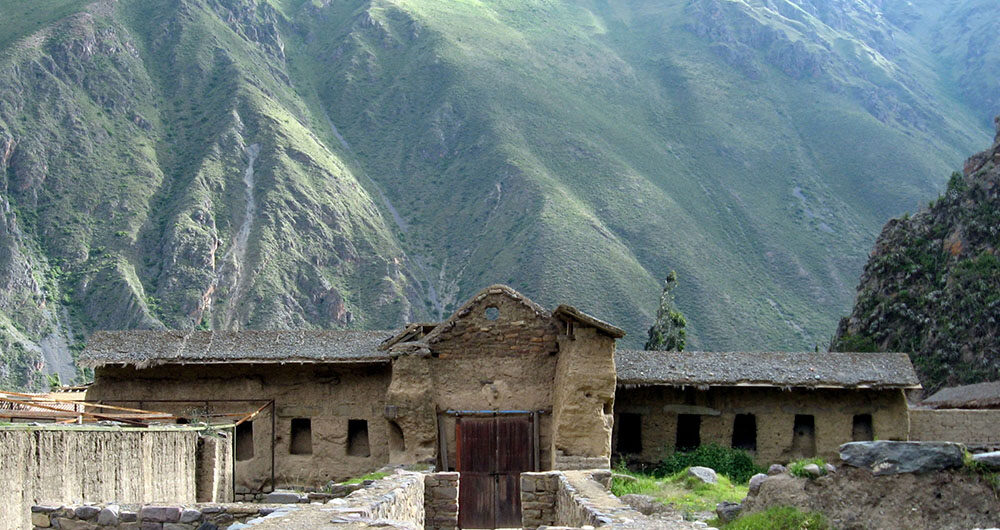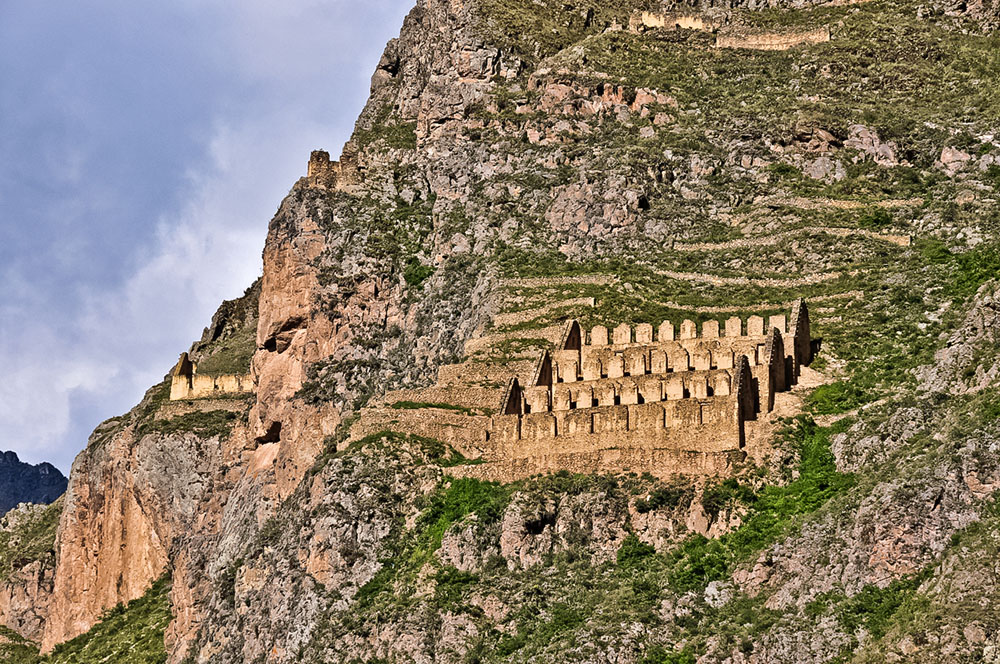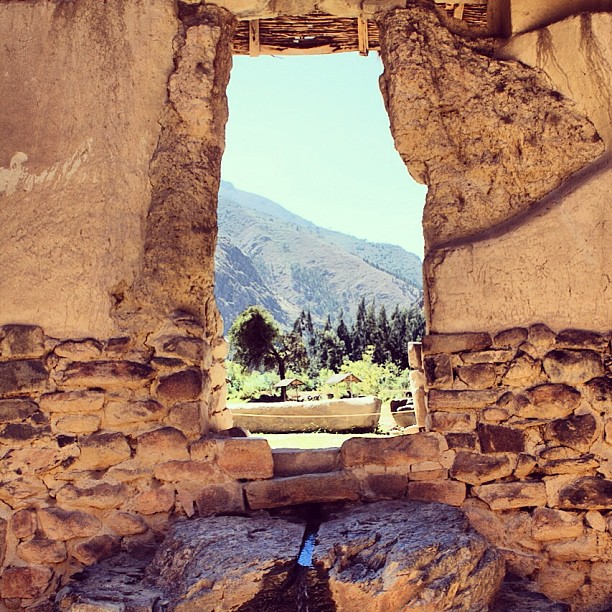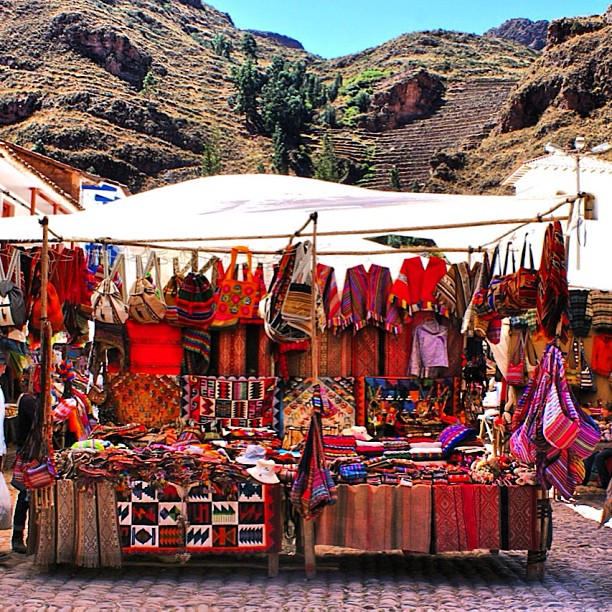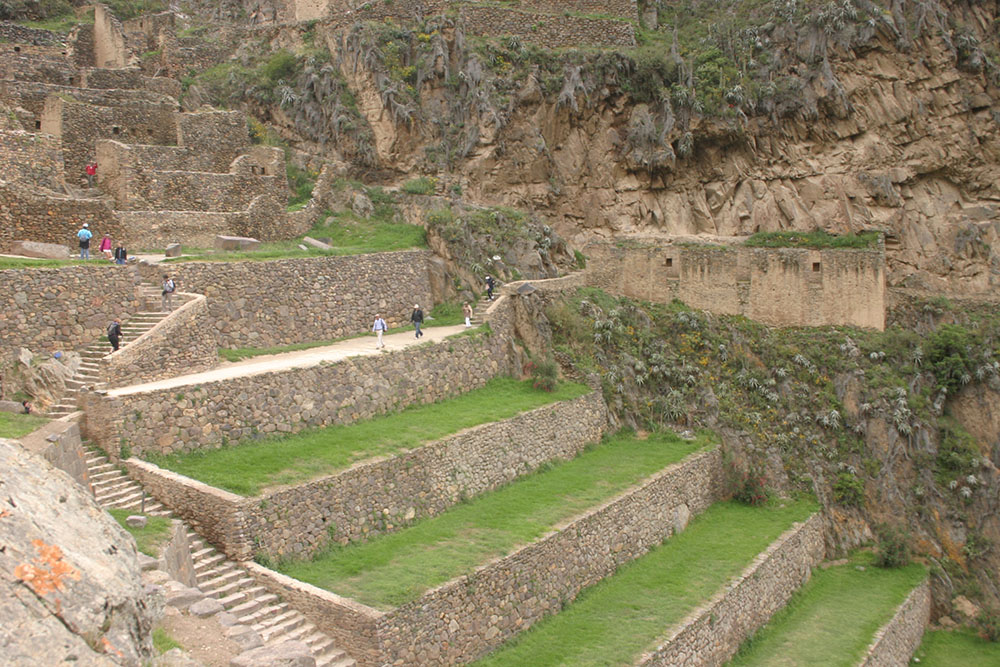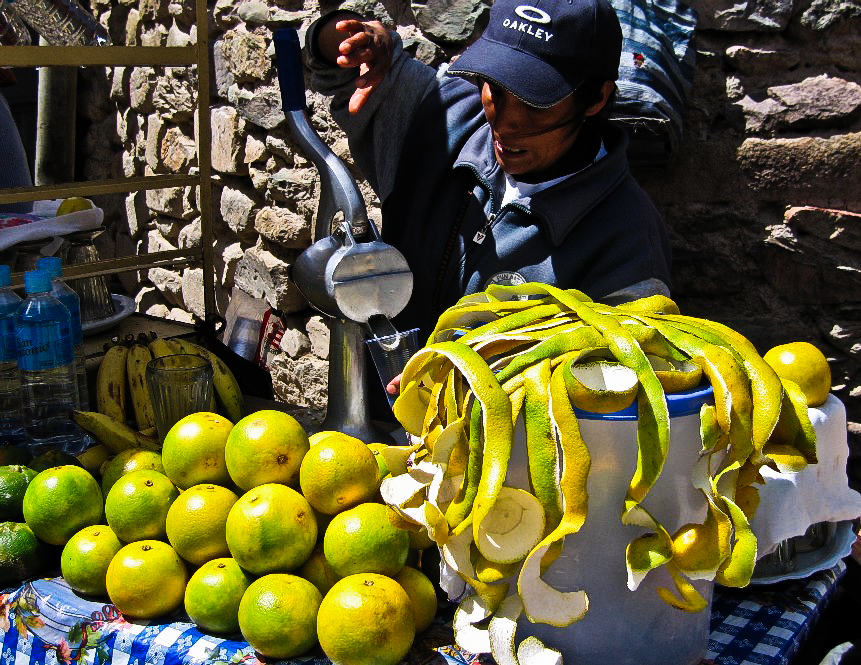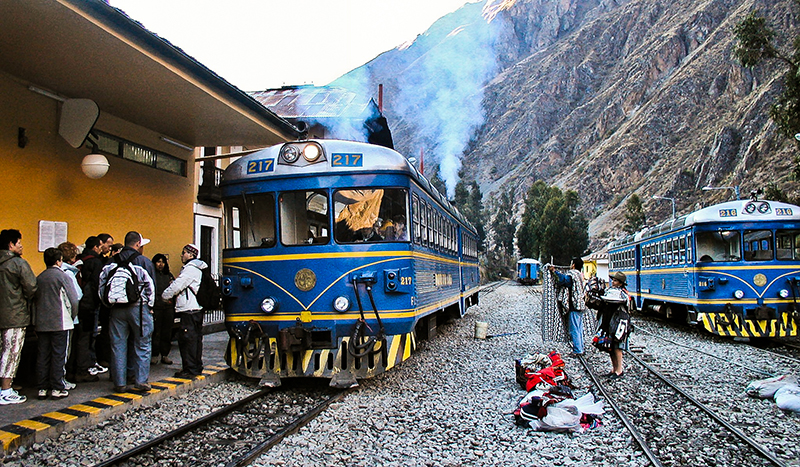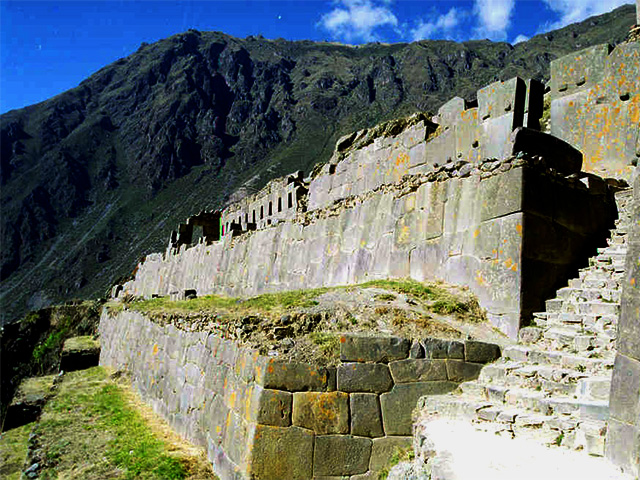Ollantaytambo (2,800 meters, or 9,200 feet above sea level) is the name given both to the Inca ruin complex sculpted into the cliff side at the northern end of the Sacred Valley and to the town founded by the Incas. A private Ollantaytabmo tour can be arranged as part of a longer visit to the Sacred Valley, combined with other Incan sites of interest including Pisac, Chinchero and Moray.
Ollantaytambo: A highlight of the Sacred Valley
The town of Ollantaytambo is the best surviving example of Inca city planning. The original layout and structure, including canals, are still used by the town’s inhabitants. The Incas divided the village into blocks called canchas, each with just one entrance leading into a courtyard. Residents entered their individual houses from the courtyard, rather than from the street. A collection of British charities financed the small Ethnographic Museum in town, opened in December 1997, that highlights the ancient customs and traditions of the peoples of this part of the Andes. There are displays of tools and garments of present-day indigenous populations in the highlands.
The Incan Ruins of Ollantaytambo
But the true highlight of an Ollantaytambo tour is visiting its ruins. The expansive, steep terraces guarding the Inca fortress are a sight to behold. The Incas likely saw Ollantaytambo as a temple rather than a military stronghold, but the Spanish conquistadors called it a fortress and it has been referred to as such ever since. Some of its walls were under construction at the time of the conquest and have never been completed. The stone used for these buildings was quarried from the mountainside 6 kilometers (4 miles) away high above the opposite bank of the Urubamba River. Transporting the huge stone blocks from the quarry to the site was a stupendous feat, employing thousands of native workers.
Incan Battle Victory
The complex is also a site of great historical significance for the Incas during the Spanish Conquest. It was here that one of the greatest battles of the Conquest was fought, and one of the few where the Incas defeated the Spaniards. Manco Inca retreated to Ollantaytambo after his defeat at Sacsayhuaman. In 1536, Hernando Pizarro led a force of 70 cavalrymen supported by large numbers of native and Spanish foot soldiers to the hideout in an attempt to capture the Incas, but the steep terracing was impenetrable. Unable to climb the terraces, Pizarro’s men were showered with arrows, spears, stones and boulders. In a brilliant move, the Inca flooded the plain below the fortress through its channels to further hamper their assailants. The Spaniards’ horses could not maneuver in the water, so Pizarro decided to make a hasty retreat. The battle was almost an overwhelming defeat after thousands of victorious Inca soldiers followed the conquistadors down the valley.
But Manco Inca’s victory was short lived. Soon afterward, the Spanish forces in Cusco were relieved by the return of a large Chilean expedition. Ollantaytambo was again attacked, this time with a cavalry force over four times the size of that used in the first attack. Manco Inca retreated to his jungle stronghold in Vilcabamba, and Ollantaytambo became part of Spanish Empire.
Things to do near Ollantaytambo
The Sacred Valley is replete with Incan ruins, rural communities and natural attractions that are best enjoyed over a 2-3 day visit, based at one of the top hotels in the Sacred Valley.
- Maras Salt Pans – optionally biking or hiking to maras and moray
- Pisac Market and ruins
- Moray
- Visit local villages and textile weaving communities
- Adventure activities in the Sacred Valley
- Half day and full day hikes – such as Pumamarca ruins to Ollantaytambo town
- Luxury pop-up picnic lunches in the Sacred Valley
For a private, tailormade trip Peru, including Ollantaytambo town and ruins in the Sacred Valley contact us at travel@aracari.com to start planning your trip.

